Understanding the current state of steel production in Germany.
January 10, 2025
Written by Turian Biel

Table of Contents
- The Impact of Rising Electricity Prices on Steel Production
- High Electricity Prices Force Production Halts
- Lech-Stahlwerke's Production Shutdown
- Challenges for the Gerlafingen Steelworks
- Government Support for the Steel Industry
- Existential Threat to Energy-Intensive Industries
- Impact on Employment in the Steel Sector
- Future of the German Steel Industry
- Comparative Analysis with International Steel Markets
- Technological Innovations in Steel Production
- Public Perception and Industry Response
- Strategies for Mitigating Energy Costs in Steel Production
- Adopting Renewable Energy Sources
- Investment in Energy Efficiency Technologies
- Collaboration with Government and Industry Partners
- Exploring Alternative Materials and Processes
- Impact of Global Market Trends on Local Steel Industry
- Public Policy and Regulatory Frameworks
- Role of Innovation in Future Steel Production
- Consumer Demand for Sustainable Steel Products
- Financial Implications of High Energy Costs on Steelworks
- Conclusion
The Impact of Rising Electricity Prices on Steel Production
High Electricity Prices Force Production Halts
The Feralpi steelworks in Riesa recently halted production for two days due to soaring electricity prices, which reached 600 to 1,000 euros per megawatt hour. This situation highlights the severe financial strain on steel manufacturers, as they struggle to maintain operations amidst escalating energy costs. The peak price even surpassed 900 euros, indicating a troubling trend for the industry.
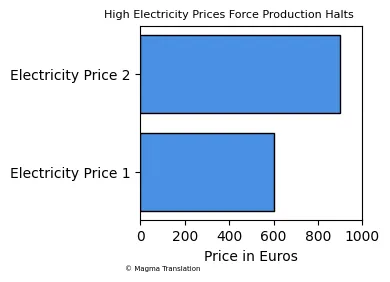
Lech-Stahlwerke's Production Shutdown
The Lech-Stahlwerke, Germany's first steel plant, has ceased production due to exorbitant electricity prices. The plant, which produces over one million tons of steel annually, faces challenges that mirror those of other energy-intensive industries. The electricity consumption of the plant is equivalent to that of a city with 300,000 residents, emphasizing the scale of the energy crisis.
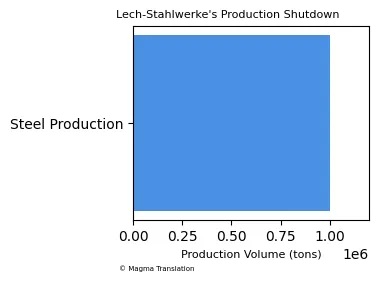
Challenges for the Gerlafingen Steelworks
The Gerlafingen steelworks is grappling with high electricity prices that are deemed excessively high compared to foreign competitors. Antonio Beltrame, the chairman of the Beltrame Group, stated that the plant incurs losses with every ton of steel produced. The facility consumes as much electricity as 70,000 households, showcasing the immense energy demands of steel production.
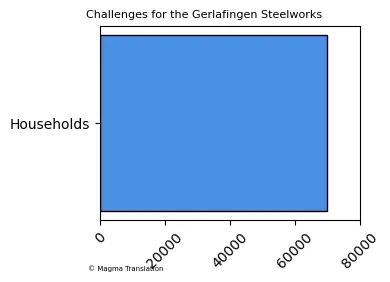
Government Support for the Steel Industry
The German steel industry has received nearly seven billion euros in support from federal and state governments to combat the crisis. This financial assistance aims to help the industry navigate the challenges posed by high energy costs and maintain its competitiveness. However, achieving climate neutrality will require substantial funding, with plans to allocate up to 23 billion euros by 2041.
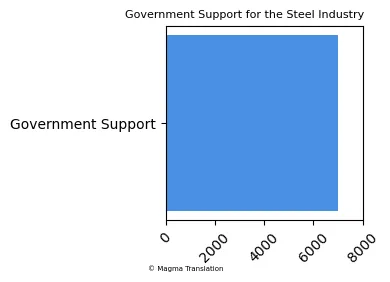
Existential Threat to Energy-Intensive Industries
The association of energy-intensive industries has described the current situation as an “existential threat” to manufacturing firms in the country. Rising network usage fees following the nuclear phase-out in Germany have further jeopardized the competitiveness of the steel industry. This alarming trend raises concerns about the future viability of energy-intensive sectors.
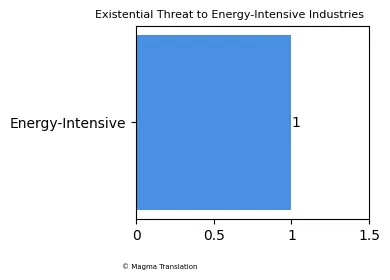
Impact on Employment in the Steel Sector
As steelworks like Lech-Stahlwerke and Feralpi halt production, the impact on employment becomes a pressing concern. Over 1,000 employees are affected at Lech-Stahlwerke alone. The uncertainty surrounding energy prices and production capabilities raises fears of job losses and economic instability within the steel sector.
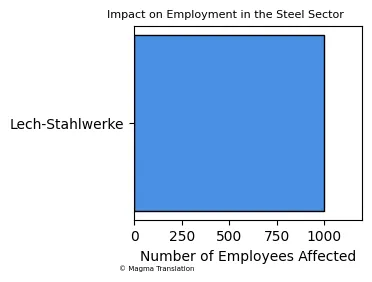
Future of the German Steel Industry
The future of the German steel industry hangs in the balance as it faces unprecedented challenges. With high electricity prices and the need for significant investment to achieve climate goals, the industry must adapt to survive. The government's commitment to support the sector will be crucial in determining its long-term viability and competitiveness in the global market.
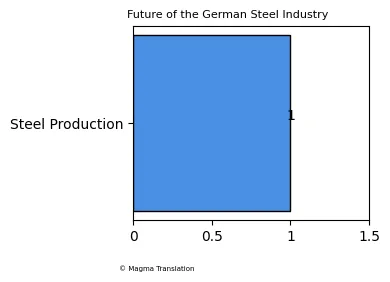
Comparative Analysis with International Steel Markets
When comparing the German steel industry to international markets, it becomes evident that high energy costs put local producers at a disadvantage. Countries with lower electricity prices can produce steel more economically, which may lead to a shift in production away from Germany. This trend could have long-lasting implications for the domestic steel industry and its workforce.
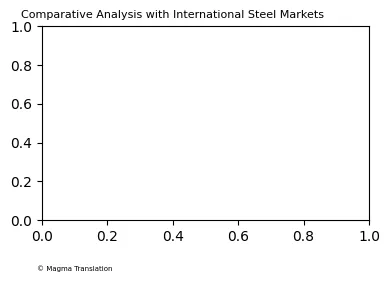
Technological Innovations in Steel Production
To combat rising energy costs, the German steel industry is exploring technological innovations that could enhance efficiency and reduce electricity consumption. Investments in renewable energy sources and advanced manufacturing techniques may provide a pathway to lower operational costs. However, these innovations require substantial upfront investment and time to implement effectively.
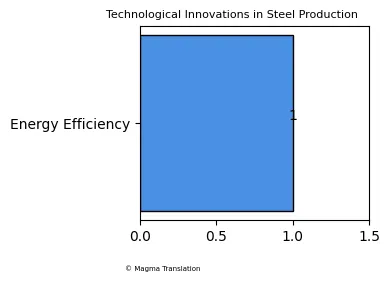
Public Perception and Industry Response
The public perception of the steel industry is increasingly influenced by environmental concerns and the need for sustainable practices. As the industry grapples with high energy prices, it must also address these concerns to maintain its social license to operate. Engaging with stakeholders and demonstrating a commitment to sustainability will be essential for the industry's future.
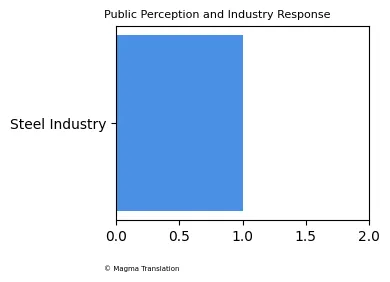
Strategies for Mitigating Energy Costs in Steel Production
Adopting Renewable Energy Sources
To mitigate the impact of high electricity prices, many steelworks are considering the adoption of renewable energy sources. By investing in solar and wind energy, companies can reduce their reliance on the grid and lower operational costs. This shift not only helps in managing energy expenses but also aligns with the industry's goal of achieving climate neutrality. The transition to renewables is essential for long-term sustainability in the face of rising energy prices, as highlighted by the need for substantial funding to support such initiatives 23 billion euros by 2041.
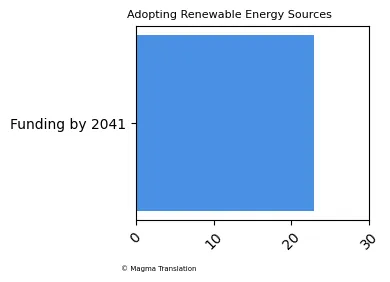
Investment in Energy Efficiency Technologies
Investing in energy efficiency technologies is another strategy that steel manufacturers are exploring to combat high electricity costs. By upgrading equipment and optimizing processes, companies can significantly reduce their energy consumption. This approach not only lowers costs but also minimizes the environmental impact of steel production. The urgency for such investments is underscored by the existential threats posed by rising energy prices, as noted by industry experts to energy-intensive sectors.
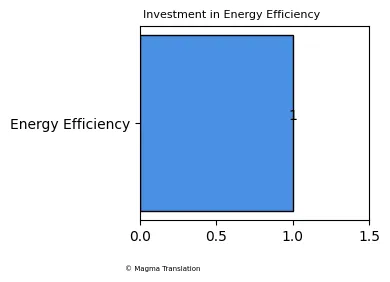
Collaboration with Government and Industry Partners
Collaboration with government and industry partners is crucial for addressing the challenges posed by high energy prices. By working together, steel manufacturers can advocate for policies that support the industry and promote sustainable practices. This collaboration can also lead to shared resources and knowledge, enabling companies to navigate the energy crisis more effectively. The support from federal and state governments, amounting to nearly seven billion euros, exemplifies the importance of such partnerships.
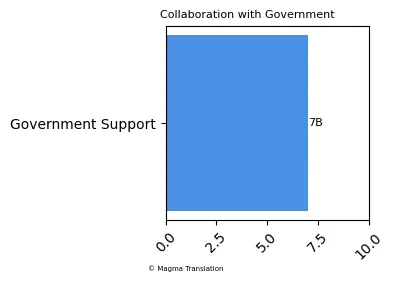
Exploring Alternative Materials and Processes
In response to the rising costs of steel production, some companies are exploring alternative materials and processes that require less energy. Innovations in metallurgy and the use of recycled materials can help reduce the overall energy footprint of steel manufacturing. This shift not only addresses cost concerns but also aligns with the industry's sustainability goals. The need for such alternatives is becoming increasingly urgent as traditional methods face scrutiny due to their energy demands and environmental impact.
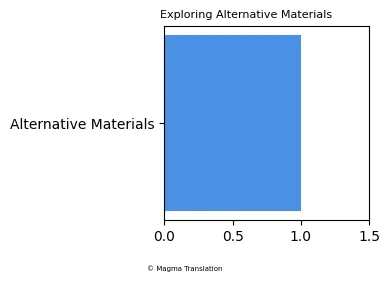
Impact of Global Market Trends on Local Steel Industry
The global market trends significantly influence the local steel industry, particularly regarding pricing and competition. As countries with lower energy costs ramp up production, German steel manufacturers face increased pressure to remain competitive. This dynamic can lead to a shift in market share and impact local employment levels. Understanding these trends is essential for the German steel industry to adapt and thrive in a challenging economic landscape amid rising costs.
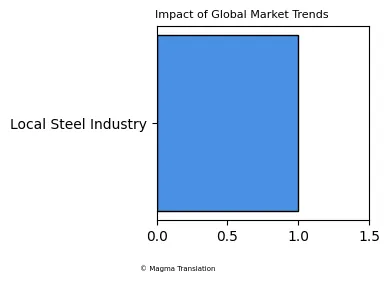
Public Policy and Regulatory Frameworks
Public policy and regulatory frameworks play a crucial role in shaping the steel industry's response to high energy prices. Policymakers must consider the unique challenges faced by energy-intensive industries when designing regulations. Supportive policies can help mitigate the impact of rising costs and promote sustainable practices. The ongoing discussions about energy pricing and its implications for the steel sector highlight the need for a balanced approach that considers both economic and environmental factors in the regulatory landscape.
Role of Innovation in Future Steel Production
Innovation will be a key driver in the future of steel production, especially in light of rising energy costs. Companies that prioritize research and development can discover new methods and technologies that enhance efficiency and reduce energy consumption. This focus on innovation is essential for maintaining competitiveness in a rapidly changing market. As the industry seeks to adapt, the integration of cutting-edge technologies will be vital for overcoming the challenges posed by high electricity prices and achieving sustainability goals.
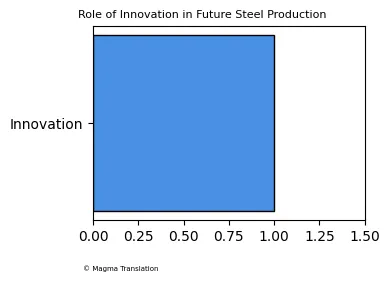
Consumer Demand for Sustainable Steel Products
Consumer demand for sustainable steel products is on the rise, prompting manufacturers to rethink their production methods. As awareness of environmental issues grows, buyers are increasingly seeking steel that is produced with minimal energy consumption and lower carbon emissions. This shift in consumer preferences can drive the industry to adopt more sustainable practices and invest in cleaner technologies. Meeting this demand will be crucial for the long-term success of the German steel industry in a competitive market.
Financial Implications of High Energy Costs on Steelworks
Cost-Benefit Analysis of Production Shutdowns
As steelworks like Lech-Stahlwerke and Feralpi halt production due to high energy prices, a cost-benefit analysis becomes essential. Companies must weigh the financial implications of shutting down operations against the ongoing costs of production. The decision to pause production can lead to immediate savings on energy bills, but it also risks long-term contracts and market share. Understanding these dynamics is crucial for steel manufacturers as they navigate the complexities of the current energy crisis, which has already led to significant financial losses across the industry in recent months.
Long-Term Implications of Energy Costs on Steel Industry
The long-term implications of rising energy costs on the steel industry are profound. As electricity prices continue to escalate, manufacturers may be forced to make difficult decisions regarding production levels and workforce size. This could lead to a significant restructuring of the industry, with some companies potentially exiting the market altogether. The sustainability of the steel sector hinges on its ability to adapt to these challenges while maintaining competitiveness in a global market increasingly focused on energy efficiency and environmental responsibility amid rising costs.

Conclusion
The German steel industry faces unprecedented challenges due to soaring energy prices, necessitating urgent action and innovation to ensure its survival and competitiveness.
